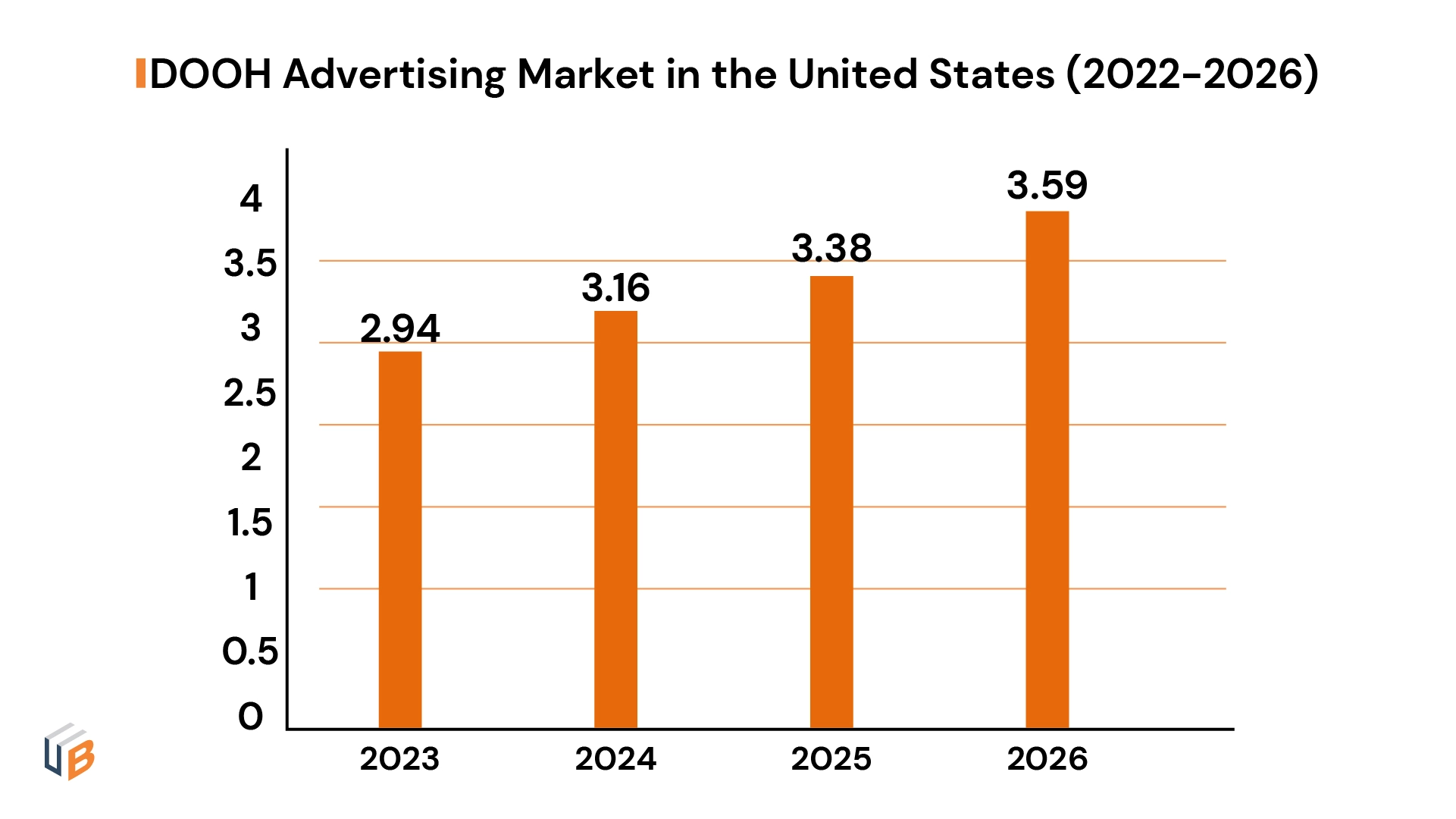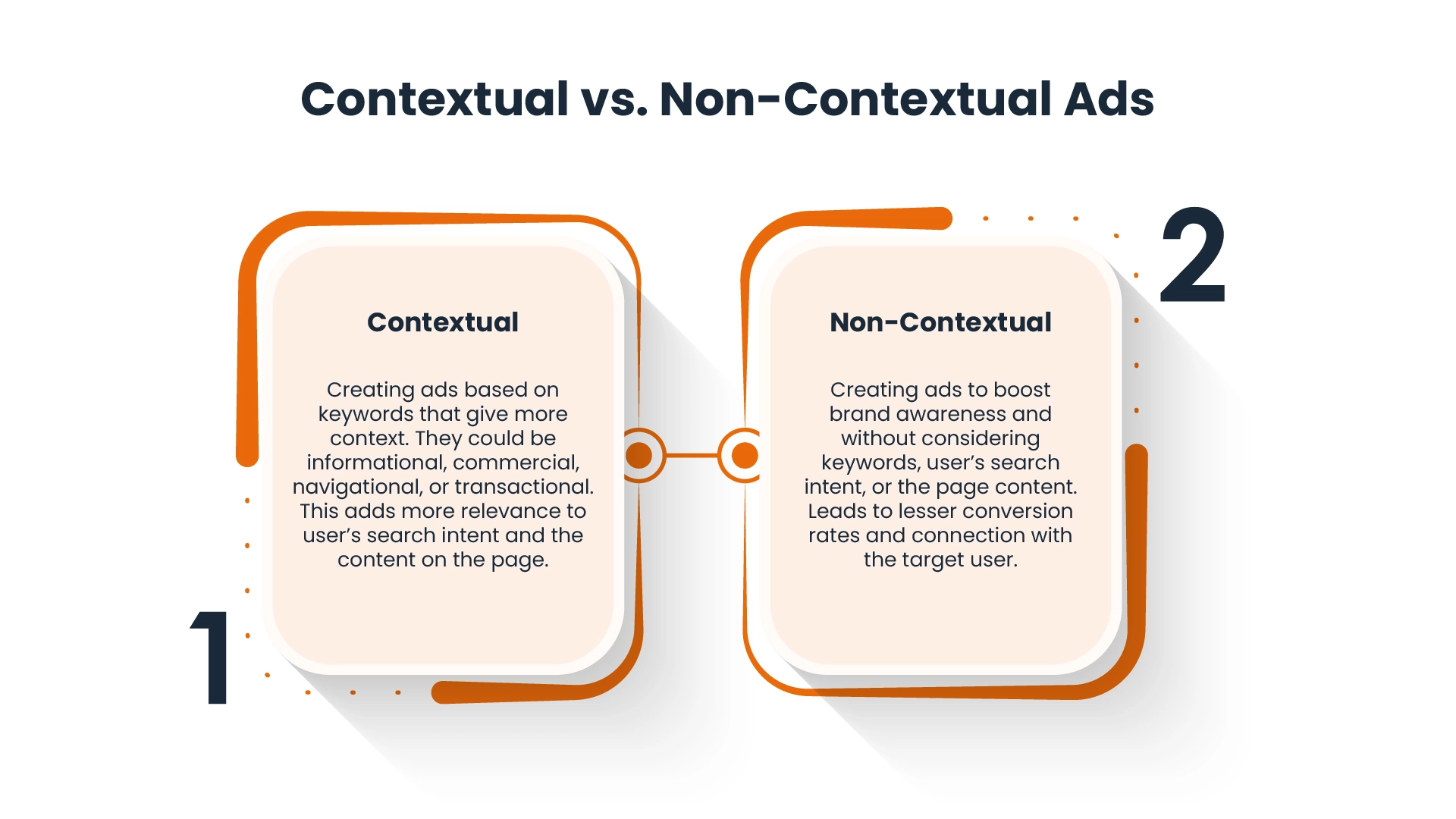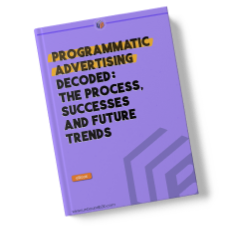
Programmatic advertising is a systematic and data-driven process that helps you access more audiences and better conversions. There is no doubt why media buyers are diverting more than 50% of their budgets to programmatic ads.
The advertisement industry is dynamic and needs constant upgrades to stay convenient and lucrative. The year 2023 has already marked success for programmatic advertising and the remaining period still looks promising. As we are halfway through the year, there are certain trends we can see happening that will change the course of programmatic advertising.
Eight Predictable Trends in Programmatic Advertising This Year
- First-party data planning
- Strategies to increase DOOH (Digital Out Of Home)
- Creating programmatic efficiency by AI and ML
- Using contextual ads for better reach
- Expanding video and mobile ads
- Surge of CTV, OTT, and in-play ads
- Gen Z influencing the programmatic
- ROI focused advertising
1. First-Party Data Planning
Starting in 2024, Google is eliminating third-party cookies making it a huge concern for advertisers. Marketers are rushing toward alternate options that can keep the ad revenue coming despite the private-related changes. First-party data strategies can come in handy as the data is of higher quality and provides valuable insights into customer and personal preferences
First-party data is also a winning solution as it has the ability to deliver highly targeted and personalized experiences to the audience. Google, Facebook, and Amazon have proven themselves as advertising giants time and time again by utilizing first-party data. And, it looks like that is going to be the primary option for other brands as well.
2. Strategies to Increase DOOH (Digital Out Of Home)
Now that the pandemic is over, consumers are opting for offline shopping. Advertisers can take advantage of this change in consumer choice. As per Statista, Digital Out Of Home advertising in the United States is set to reach $2.94 billion in 2023. This is an 11.4% increase since last year. This trend is expected to continue till 2026, where it is estimated to reach $3.59 billion.

Billboards can create a trend for themselves and you can also add it to your programmatic media buying. One reason for digital out-of-home strategies to work is they are free from third-party cookies. Moreover, it includes 3D board ads and interactive display ads which are compelling and grab the audience’s attention. As the digital screens for ads are increasing, programmatic advertising will take up larger parts of the budgets in the coming time.
3. Creating Programmatic Efficiency by AI and ML
In recent times, we can see programmatic advertisements and Artificial Intelligence working together. AI algorithms are advantageous as they implement automated tasks that previously required human intelligence like buying and selling of ad inventory and even creating ad campaigns.
AI has the capacity to clone human thinking, identify patterns, and perform predictive analysis making it a pivotal part of modern-day marketing. There are two new AIs entering the advertising world. They are Generative AI in the chatbot form and Stable Diffusion which turns text into images matching the description.
Moreover, programmatic advertising uses AI to create a high-performance audience segment that matches your campaign goals so the ads reach such people who are most likely to convert. It also changes the digital ad creatives to showcase content based on web page context and user signals.
4. Using Contextual Ads for Better Reach
With numerous benefits like decreasing banner blindness, protecting user privacy, growing click-through rates, and cost-effectiveness, contextual advertising is expected to become a crucial element in the future. Apart from the benefits, it is gaining attention due to the elimination of cookies.

As per Market splash, a hefty 79% of consumers express a higher level of comfort in watching contextual ads. The conversion rate of contextual ads is 30% more than non-contextual ads. Furthermore, it has the probability of reaching $562.1 billion by the year 2030. These stats suggest that this method of advertising will stay in the limelight for an extended period of time.
5. Expanding Video And Mobile Ads
Video advertising will see a prominent rise as 70% of the marketers who didn’t use video marketing are planning to initiate it and 91% of businesses use videos as a marketing tool in 2023. Automated video ad buying will become standard to distribute digital video commercials. Also, programmatic videos are becoming more premium due to better-quality inventory and transparent measurement
As per Statista, the mobile user count can reach 7.49 billion by 2025. This means that programmatic mobile advertising will surpass desktop ads by great numbers. The mobile ad space will increase the use of data monitoring and measurement tools. This will provide valuable insights into user behavior, preference, and engagement patterns on mobile platforms.
6. Surge of CTV, OTT, and In-Play Ads
The studies show that there are 56.8 million CTV users among the millennials in the US. This number can reach 62.6 million users by 2025. It signifies the growing influence of CTV as a medium in reaching audiences effectively. CTV also holds enormous benefits like better targeting options and new opportunities for publishers.
As real-time data drives the targeting, CTV creates opportunities that are based on location and household and are more accurate. In addition to targeting options, marketers buy most of the CTV inventory directly which gives a huge opportunity for programmatic media-buying to grow and expand.
7. Gen Z Influencing The Programmatic
Gen Z has a completely different online presence from Gen X and millennials. Marketers are considering it and looking to improve their strategies to reach young consumers. They are the first generation of netizens and have helped boost the growth of influencer culture across all social media platforms. They also perceive and consume a brand depending on how influencers promote it.
They have preferred brands that promote individuality and diversity. This means they prefer names that have a strong presence on social media and marketing strategies that include diversity, inclusion, and individualism. Programmatic advertising can see changes as per Gen Z preferences and will keep modifying according to the influencer culture.
8. ROI Focused Advertising
The end goal of programmatic advertising is to consistently increase the ROI. 84% of total ad spending is towards programmatic display ads and can increase to 87% by 2026. This makes marketers even more strategic in creating and executing the campaigns. Programmatic advertising works best in this scenario due to its flexibility and customization.
Now the return on the investment doesn’t always mean interest or profits, it can also mean growing brand awareness, better reach, new subscribers, or continuing engagement.
In a Nutshell
With changing trends and statistics, there is not a single way to define what will change the shape of programmatic media buying. The introduction of AI and CTV can become beneficial and the removal of third-party cookies will help brands to seek new ways to collect personal data. These trends and statistics assist marketers in adapting to new changes and formulating strategies that will bring growth.
Programmatic advertising is much more than trends and news, and if you would like to know more about it you can check our Beginner’s Guide to Programmatic Advertising.
If you want to learn about real-time case studies and future trends in programmatic advertising, do not forget to check out UnboundB2B’s programmatic advertising ebook for free.

Our blog
Latest blog posts
Tool and strategies modern teams need to help their companies grow.

It is for fact that today's buying environment demands more. With longer sales cycles...

To build a marketing strategy that drives real results, you need more than creative i...

The 95/5 rule in B2B marketing shows that while only 5% of buyers are ready to purcha...






